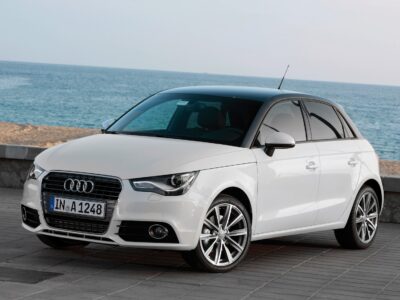
Hyundai i10 (2014 – 2020, 2nd Gen) Reliability & Ownership Guide
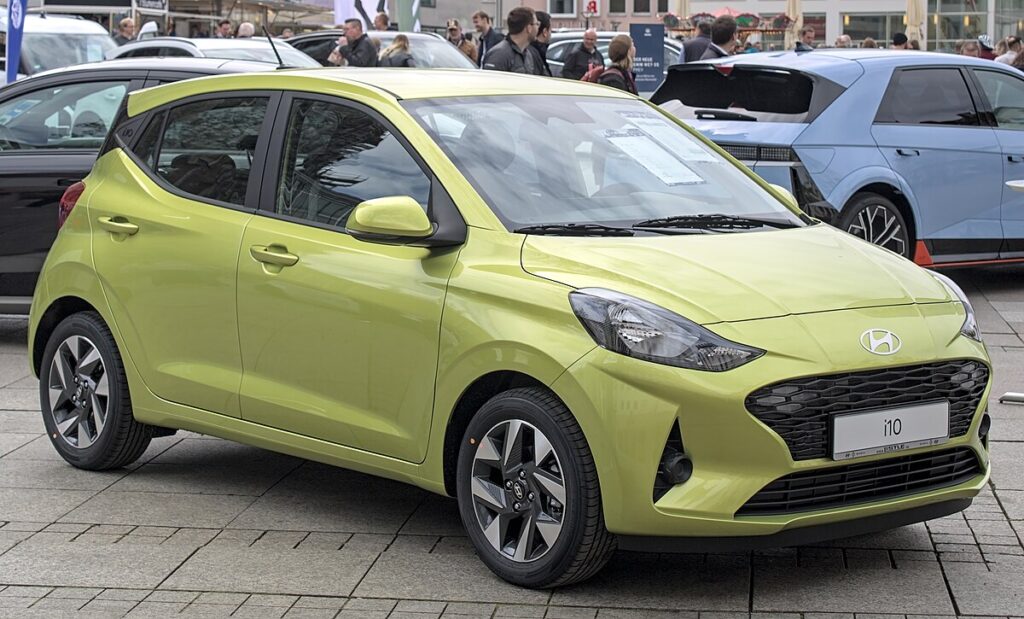
- Overview: Why the i10 is a strong used-car contender
- Reliability in the real world: What the data and owners tell us
- Common faults & weak points: What to inspect before you buy
- Engine, transmission and drivetrain: What works, what to watch
- Chassis, brakes and suspension: Practical durability in urban use
- Electrical, infotainment & other systems: The modern small-car challenge
- Running costs, servicing and ownership tips
- Used-car buying checklist for the i10 (2014-2020)
- Verdict: Is the 2nd-generation i10 the right choice for you?
Overview: Why the i10 is a strong used-car contender
The second-generation Hyundai i10, produced between 2014 and 2020, stands out in the small-car class for its exceptional reliability, practicality, and value. In independent reliability surveys, this i10 generation achieved an outstanding overall score of 98.6%, ranking 4th out of 19 small-car entries. It finished just behind the Suzuki Swift and two generations of the Toyota Yaris, but ahead of rivals such as the Honda Jazz, Kia Picanto, and MINI Hatchback.
Hyundai consistently ranks near the top among car manufacturers for dependability, achieving around 94% in overall reliability surveys—higher than many premium brands like Audi, BMW, and Mercedes-Benz. The i10 combines this brand reliability with real-world practicality, making it a smart purchase for budget-conscious urban drivers seeking a dependable small hatchback.
Reliability in the real world: What the data and owners tell us
Summary of reliability ratings
- Second-generation i10 reliability score: 98.6%, class-leading for small cars.
- Hyundai brand reliability: 94.3%, among the top manufacturers globally.
- Real-world owner reviews describe the i10 as dependable, easy to maintain, and ideal for short-distance city use.
- MOT data in the UK shows above-average pass rates for the model, confirming long-term durability.
Key insights
The i10’s high scores reflect minimal mechanical breakdowns or major defects. Its strong performance in city environments aligns with owner experiences — very few electrical or mechanical issues even after years of daily driving. The 2014-2020 model benefits from refined components carried over and improved from the previous generation, balancing simplicity with proven reliability.
Common faults & weak points: What to inspect before you buy
Even highly reliable cars have wear points. Below are the most frequent issues reported for the second-generation i10.
| Area | Typical Issue | Approximate Cost (UK) |
|---|---|---|
| Clutch wear/slip (manuals) | Slipping or juddering under load, particularly in city driving. | £350 – £550 |
| Rear brake binding | Rear pads can stick to the discs, causing excessive wear. | £180 – £250 |
| Suspension noise / bush wear | Worn anti-roll bar bushes or top-mounts causing knocks. | £90 – £250 |
| Electrical glitches | Minor warning-light or infotainment malfunctions on some models. | £60 – £150 |
| Recalls (EGR valve) | On newer i10 models, faulty EGR valves could cause engine stalling. | Free under recall |
Inspection checklist for buyers
- Clutch: Check for smooth engagement, no slipping during uphill acceleration.
- Brakes: After a test drive, check if rear wheels feel excessively warm (a sign of binding).
- Suspension: Listen for creaks or knocks over bumps.
- Electrics: Test infotainment, lights, USB, and all dashboard indicators.
- Service history: Verify that recall work has been completed.
Engine, transmission and drivetrain: What works, what to watch
Engine options
The 2014-2020 i10 offered two petrol engines:
- 1.0-litre three-cylinder: Economical and ideal for urban use.
- 1.2-litre four-cylinder: Noticeably stronger performance for motorway driving or when carrying passengers.
Both engines are robust and low-maintenance when serviced on schedule. The timing chain system (rather than a belt) reduces long-term replacement costs, though chain noise should be checked in high-mileage cars.
You may be interested in reading Is the Hyundai i10 a Good Car to Buy?
Is the Hyundai i10 a Good Car to Buy?Transmission durability
- Manual gearboxes are generally strong, but clutch wear is common in stop-start traffic.
- Automatics are less common and typically reliable, though costlier to repair.
- Gear-shifting issues are rare but inspect for grinding or resistance between gears.
Maintenance tips
- Regular oil changes (every 10,000 miles or annually) are vital.
- Monitor for small oil leaks or increased consumption in higher-mileage examples.
- Replace spark plugs and filters at recommended intervals to preserve efficiency.
Chassis, brakes and suspension: Practical durability in urban use
The i10’s chassis is tuned for comfort and urban agility. Light steering, compact dimensions and tight turning radius make it perfect for city manoeuvring.
Braking system
Rear brake wear or binding is the most notable weak point. Sticking calipers or pads can cause increased fuel use and uneven brake performance. During an inspection, check for unusual noises or heat from the rear wheels.
Suspension and steering
Noise from worn anti-roll bar bushes or top-mounts may occur in older cars, particularly those driven frequently on rough roads. Worn bushes can lead to minor handling imprecision or clunking sounds but are inexpensive to fix.
Electrical, infotainment & other systems: The modern small-car challenge
Later i10 models included improved infotainment with touchscreen displays, Bluetooth, and USB connectivity. However, minor software bugs and warning-light flickers have been occasionally reported.
Interior durability is good for the class, although high-mileage examples can show wear on seat fabrics and trim pieces. All switchgear, lights, and dashboard functions should be tested individually before purchase.
A single recall affected some models due to a potential fault in the EGR valve that could cause engine stalling. Always confirm that any recall work has been completed by an authorised Hyundai service centre.
You may be interested in reading Is the Hyundai i10 a Good Car to Buy?
Is the Hyundai i10 a Good Car to Buy? Peugeot 208 GTi Reliability and Safety: The Complete Owner’s Guide
Peugeot 208 GTi Reliability and Safety: The Complete Owner’s GuideRunning costs, servicing and ownership tips
Fuel economy
- 1.0-litre engine: Around 50 mpg (real-world average).
- 1.2-litre engine: Around 46 – 48 mpg depending on driving style.
Service & maintenance costs
- Interim service: Approximately £160 – £200.
- Full service: Approximately £220 – £260.
- Clutch replacement: £350 – £550.
- Suspension repairs: £90 – £250.
Routine maintenance is straightforward and affordable. Most independent garages are familiar with the i10, and parts availability is excellent.
Depreciation & resale value
The i10 holds its value exceptionally well. After three years, it typically retains over 80% of its original value—better than many competitors in its class. Combined with low insurance costs and strong fuel economy, it remains one of the most economical used cars to own.
Used-car buying checklist for the i10 (2014-2020)
- Service History: Verify regular oil and filter changes; ensure all scheduled maintenance has been completed.
- Recalls: Confirm recall repairs (especially for EGR valve) are documented.
- Test Drive: Check clutch engagement, brake balance, and any suspension noise.
- Electronics: Test all dashboard functions, infotainment, lights, and connections.
- Visual Inspection: Look for uneven tyre wear, signs of leaks, or interior wear.
- Ownership Verification: Review MOT or service records for mileage consistency.
Verdict: Is the 2nd-generation i10 the right choice for you?
The 2014-2020 Hyundai i10 is one of the most reliable and sensible small cars on the used market. It consistently performs near the top of reliability charts, with minimal running costs and strong value retention.
For city dwellers or first-time buyers, it delivers excellent manoeuvrability, comfort, and peace of mind. The only watch-points are clutch wear and rear brake maintenance—both easily managed with regular servicing.
In conclusion, the second-generation Hyundai i10 is a smart, dependable, and cost-effective choice for those prioritising reliability and practicality in a compact hatchback.
Final verdict: The Hyundai i10’s second generation remains a benchmark for reliability in the small-car category — a vehicle that delivers affordable ownership and dependable performance year after year.
You may be interested in reading Is the Hyundai i10 a Good Car to Buy?
Is the Hyundai i10 a Good Car to Buy? Peugeot 208 GTi Reliability and Safety: The Complete Owner’s Guide
Peugeot 208 GTi Reliability and Safety: The Complete Owner’s Guide Is Peugeot 208 a Good First Car? An Honest, Complete Guide for New Drivers
Is Peugeot 208 a Good First Car? An Honest, Complete Guide for New DriversIf you want to know other articles similar to Hyundai i10 (2014 – 2020, 2nd Gen) Reliability & Ownership Guide you can visit the category Blog.
Deja una respuesta

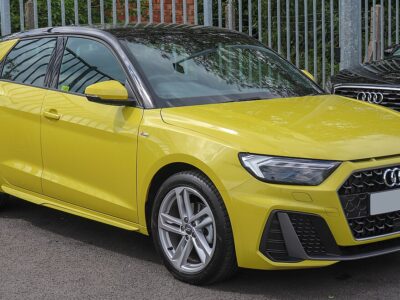

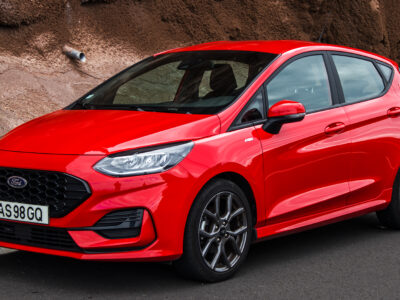
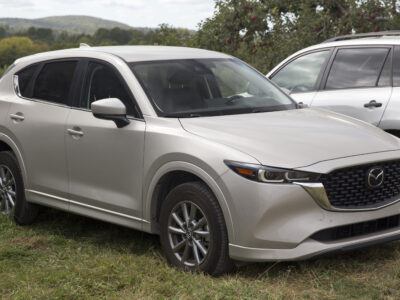
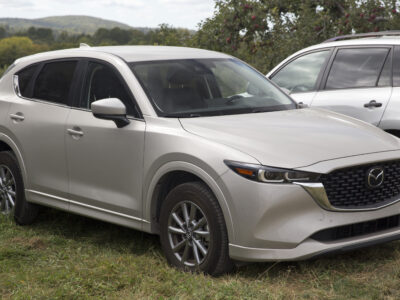
More content of your interest